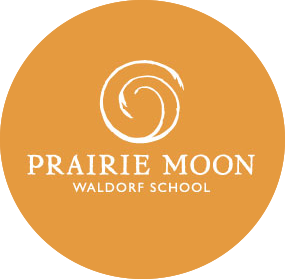Science in the Waldorf Middle School
Science in the Waldorf Middle School
by Ms. Anna Talleur, 6th & 7th Grade Lead
A rainbow watercolor painting showing the spectrum of color within light as part of Waldorf Middle School optics block.
In the early years a Waldorf student is surrounded by nature and engages in nature with all of the senses, fully living in sympathy with each worm, snail, leaf, flower, rock and sunbeam. Science is this observation, love and engagement that allows for a healthy and warm unfolding of the child. Nature is as much us as outside of us. We look at it with awe and wonder and love.
Goethe said: “Hypotheses are lullabies for teachers to sing their students to sleep.”
As the child reaches the threshold of the twelfth year, this sense of oneness with all things is left far behind, but the sense of awe and wonder can be maintained through an attitude to phenomena -quite literally “that which can be observed”- that avoids dead concepts, so the soul can fill with the observations. The understanding that the children gather from their observations should be allowed to express itself in a playful way that engages the imagination as much as the intellect.
Science is not a distant and abstract business: in the introduction to physics, we understand optics through watercolor painting and acoustics through music. The children themselves describe what they observe and then engage in the interesting business of discovering the laws behind the phenomena. The children formulate their own concepts in their own way, not just what is expected of them. Once all of the observations have been made, it is time for relationships and concepts. The class itself judges if a certain relationship “holds true” or not. The teacher guides only as much as is necessary.
Each student keeps a record of all the demonstrations, their observations and conclusions. These experiment reports are illustrated and beautiful, representing the relationship of the child to the material. It is the outer record of an internal voyage from interest and awe to understanding.

